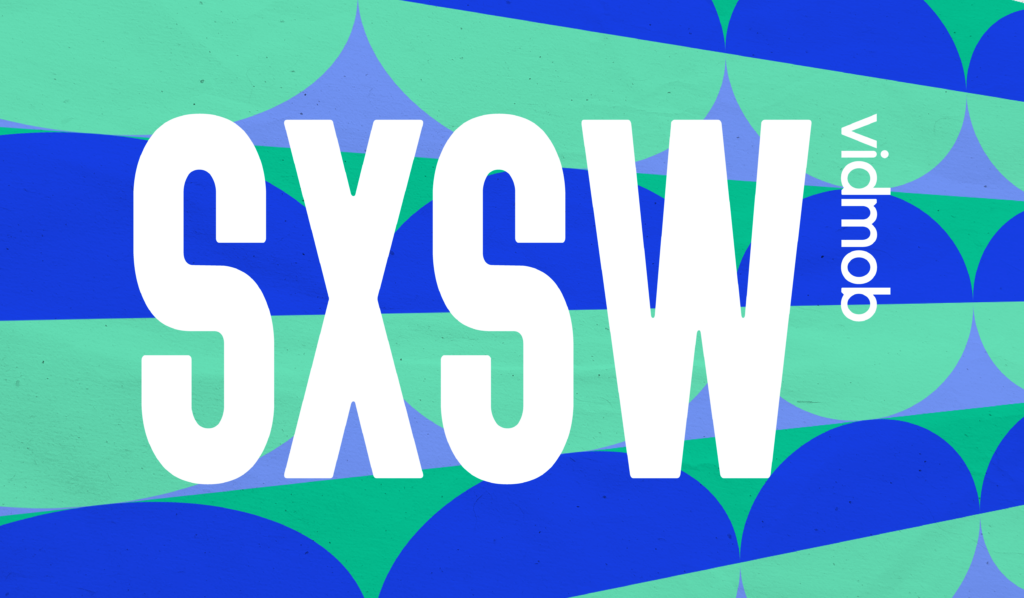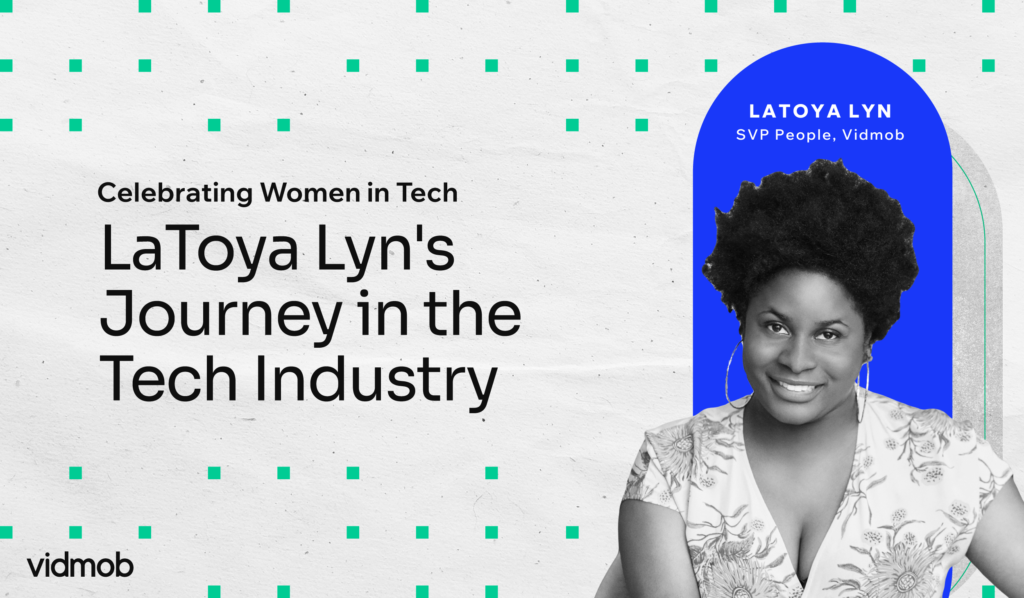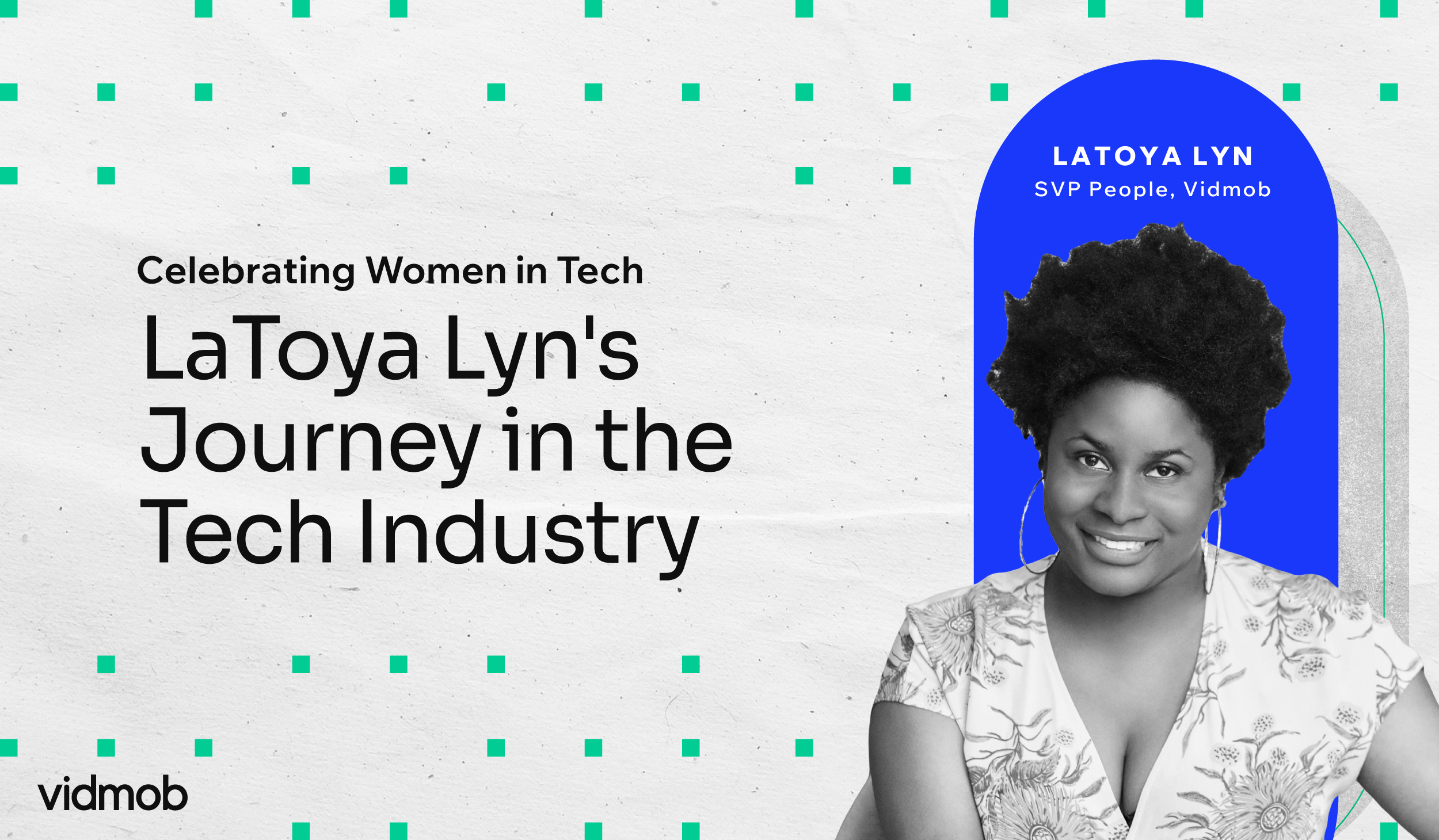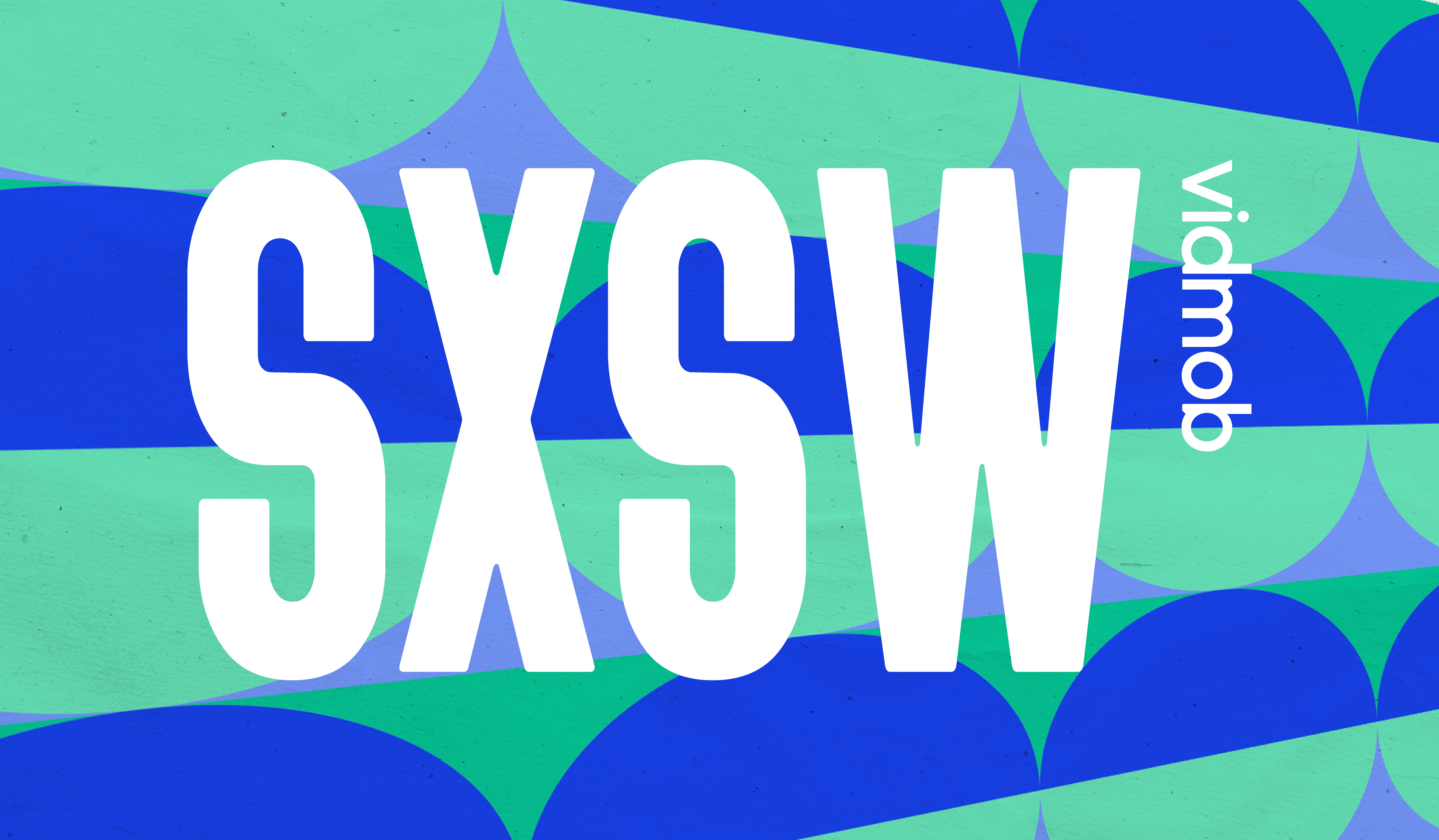When It Comes to Advertising Creative, the AI Revolution is Only Just Getting Started

For all the talk of a coming robot takeover, the advertising industry has yet to be truly transformed by the increasingly advanced AI technology that brands have at their disposal. Certainly, plenty of marketers are using machine learning algorithms to identify their most likely customers and target highly specific audiences. But when it comes to the ads themselves, our industry is only just beginning (and often not actually) putting AI to good use.
After all, most brands are still creating ads via processes that are largely similar to the ones they used five or 10 years ago. Or overcorrecting by relying on blackbox dynamic creative optimization, reminiscent of the “spray and pray” early-afterthought days of digital.
If brands want to captivate consumers with differentiated, innovative experiences that take advantage of the unique aspects of the digital medium, they need to dig deep and begin unlocking AI’s potential.
AI is the perfect way to supercharge human creativity.
In his book, AI Super Powers, Kai Fu Lee talks about the jobs that are safe from AI and the jobs that AI will replace. AI will replace the routinized jobs, those demanding low creativity and low empathy first. When it comes to creative, those are the jobs that we usually don’t want to do or don’t do. Those that demand more from us — more empathy and more creativity are uniquely human.
And this perfectly corresponds to how our brains are wired. Recent research on neuroscience and creativity shows that “relaxation of ‘executive functions’ allow more natural de-focused attention and uncensored processes to occur that might be the hallmark of creativity.”
And this perfectly describes the opportunity for marketers in leveraging AI. The expectation that marketers and creators can remain creative while understanding the attributes of the thousands of ads across social media and the platform-specific best practices of every place in which they are flighting their media is unrealistic.
Cataloging all aspects of an ad and scanning ads for best practice compliance is the sweet spot of AI. It is either not done (at all) now or is the bane of creators — time-consuming, anti-creative or inconsistent.
Outsourcing these tasks to AI provides marketers with the “jumping off” data points that become a source of new inspiration and free up creators’ time so that they can cognitively downshift to have more time to apply to the de-focused attention that is the hallmark of creativity.
For marketers who can grasp this dichotomy, the results can be significant. Better data provides better insights, which fuel not just optimized, stronger performing, built-for-scale creative, but also the jumping-off points for new ideas. This AI / human blend is less sexy; there is still the layer that requires human thought, intuition, and to a lesser degree, effort. But it is ultimately the brighter future for AI, a system in which humans and “the robots” collaborate to produce a better result than could be achieved by either alone.
Marketers who wait for the last exit or the expectation of a more blackbox, algorithmic or turnkey solution fulfill the fears that we have about AI. A process that is certainly not more humane, nor more creative — and actually no more effective.
As marketers, the AI revolution is already upon us — do we choose the brighter future where we’re more inspired, more creative, more humane and more effective? Or do we delegate that responsibility, and the future of creativity, to the robots?





